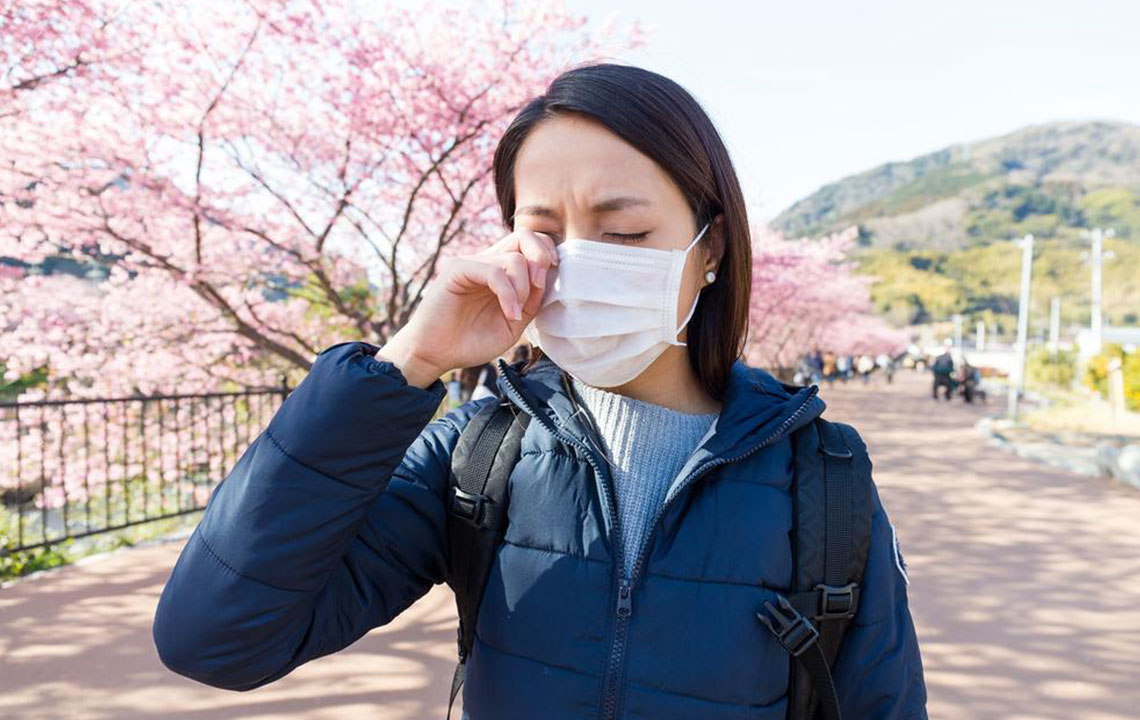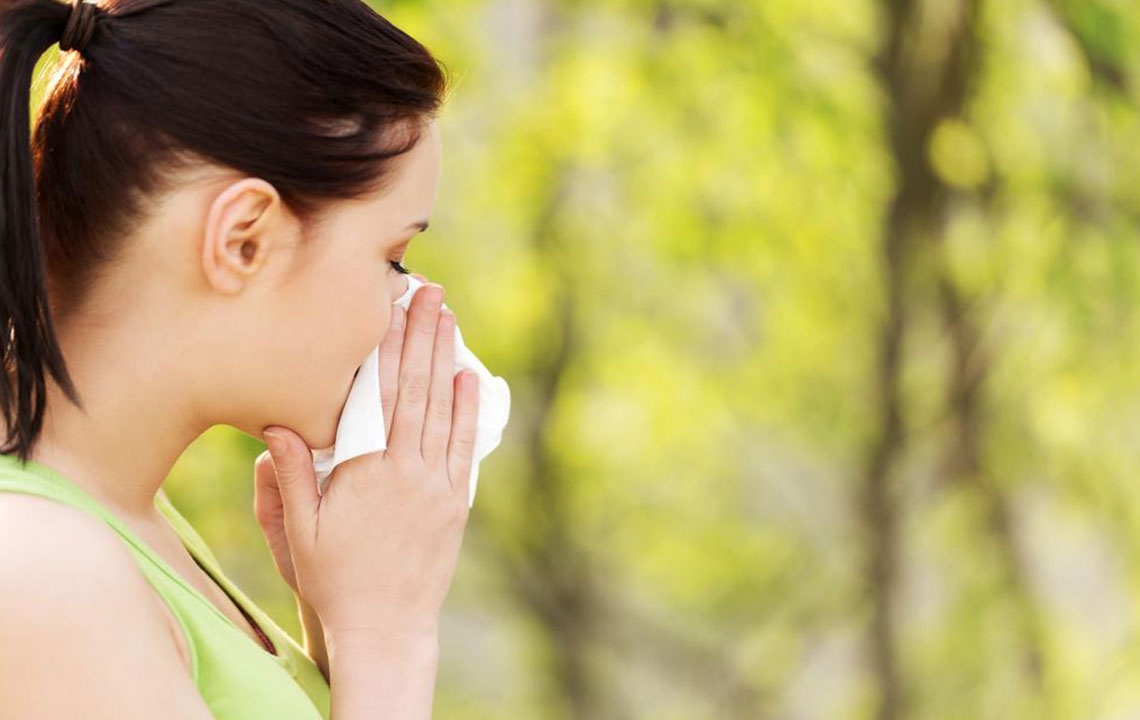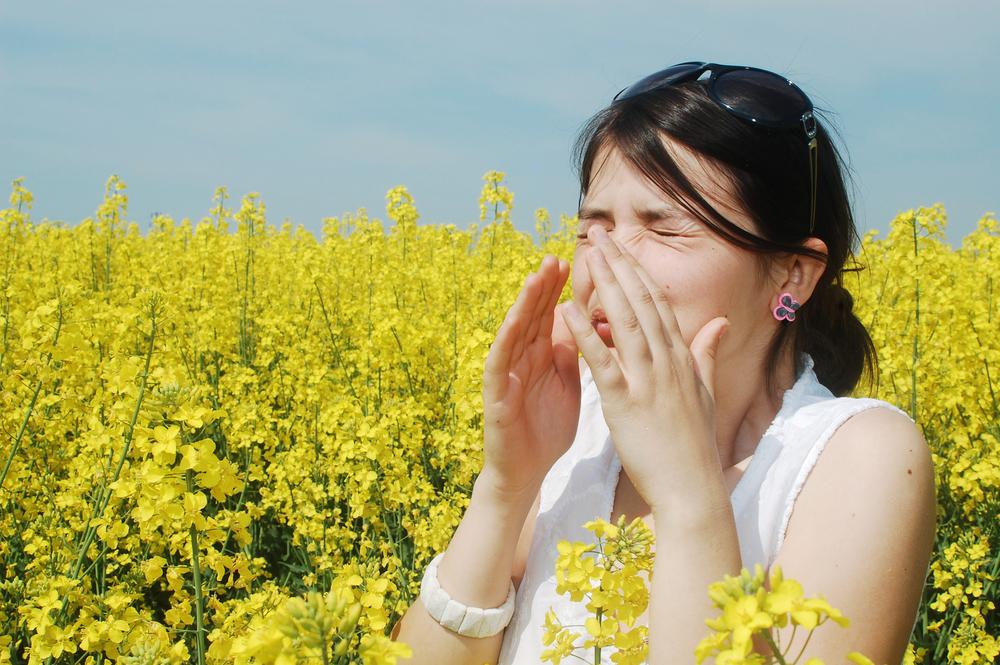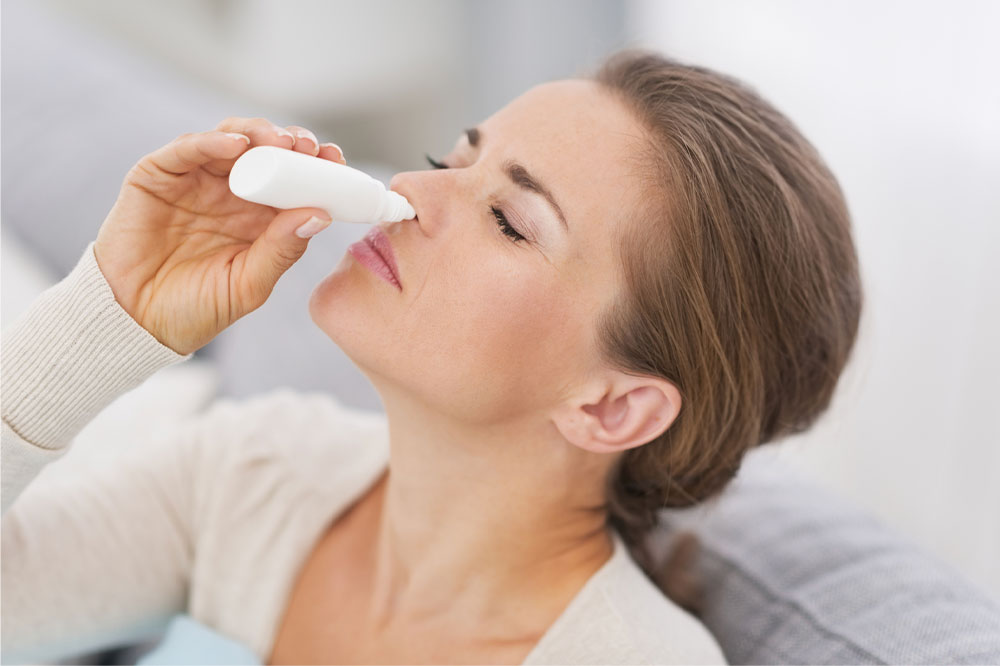Comprehensive Guide to Recognizing and Managing Pollen Allergies
This comprehensive article provides an in-depth look at pollen allergies, exploring their causes, symptoms, and management tactics. It highlights the importance of monitoring pollen levels and adopting practical measures to minimize exposure. Readers will gain valuable insights into identifying triggers, understanding seasonal variations, and seeking effective treatments. Equipped with this knowledge, allergy sufferers can better navigate seasonal challenges and improve their quality of life through informed prevention and proactive care strategies.

Comprehensive Guide to Recognizing and Managing Pollen Allergies
Pollen allergy, also known as hay fever or allergic rhinitis, is a common allergic condition that affects millions of people worldwide. It is caused by an immune system overreaction to airborne pollen particles released by various plants. These tiny, often microscopic grains are carried through the air by wind over long distances, making exposure widespread during certain seasons. When inhaled or come into contact with mucous membranes, they trigger a series of allergic reactions that can significantly impair daily life.
Understanding the nature of pollen allergies, their causes, symptoms, and management strategies is essential for those affected. This comprehensive guide provides detailed insights into how to recognize the signs of pollen allergy, what specific plants are responsible, and effective ways to mitigate symptoms. Whether you experience mild discomfort or severe reactions, proper awareness and proactive measures can improve quality of life during allergy-prone seasons.
What Is Pollen Allergy and How Does It Develop?
Pollen allergy is an immunological response where your body's immune system mistakenly identifies pollen as a harmful substance. Upon exposure, your immune defenses react by releasing chemicals like histamines, which cause typical allergy symptoms such as sneezing, nasal congestion, itchy eyes, and runny nose. This hypersensitive reaction is often seasonal, aligning with peak pollen dispersal periods, although some individuals may experience symptoms year-round if they are sensitive to specific plant pollens.
The severity of pollen allergy varies among individuals, influenced by genetic factors, overall immune health, and environmental exposure levels. Some people may experience only mild symptoms, while others suffer significantly, affecting their sleep, work productivity, and overall well-being. Recognizing early signs and triggers is crucial in managing this condition effectively.
Common Plants Responsible for Pollen Allergies
Oak (Quercus spp.)
Birk (Betula spp.)
Hickory (Carya spp.)
Pecan (Carya illinoinensis)
Grasses (Poaceae family)
During spring, tree pollens such as oak and birch are common culprits. Summer and autumn bring prominence to grass and weed pollens, including ragweed, which can cause intense allergic reactions. Identifying the specific plants that trigger your symptoms can help tailor your preventive strategies and treatments.
Monitoring Pollen Levels and Weather Conditions
Keeping track of local pollen counts is a vital part of allergy management. Pollen levels fluctuate based on climate, vegetation cycles, and weather conditions. In regions with high rainfall, pollen dispersal tends to be lower due to moisture washing pollen out of the air. Conversely, dry, windy, and hot weather conditions often increase airborne pollen, elevating the risk of allergic reactions.
Ideally, individuals with pollen allergies should subscribe to local pollen forecasts through weather apps or specialized allergy monitoring services. By staying informed about daily pollen levels, you can plan outdoor activities, medication schedules, and protective measures such as wearing masks or using air purifiers indoors.
Signs and Symptoms of Pollen Allergies
Pollen allergies primarily target the upper respiratory system, causing symptoms that can be mistaken for a cold or flu. Typical signs include:
Nasal congestion and runny nose (rhinitis)
Sneezing episodes
Itchy, watery eyes (conjunctivitis)
Itchy throat and ears
Facial pressure and sinus discomfort
Sore throat caused by post-nasal drip
Reduced sense of smell and taste
In some cases, symptoms extend to include fatigue, headaches, and difficulty breathing, especially in individuals with asthma. Immediate medical consultation is recommended if symptoms are severe or persistent, to prevent complications and receive personalized treatment.
Practical Strategies for Managing Pollen Allergies
Effective allergy management involves a combination of lifestyle changes, environmental controls, and medications:
Limit outdoor activities during high pollen days, especially in the morning and late afternoon when pollen counts peak.
Keep windows and doors closed to prevent pollen from entering indoor spaces.
Use high-efficiency particulate air (HEPA) filters in air purifiers and HVAC systems.
Wear masks outdoors to reduce inhalation of pollen grains.
Shower and change clothes after outdoor exposure to remove pollen particles.
Maintain proper nasal hygiene with saline rinses to clear pollen from nasal passages.
Consult healthcare providers for appropriate antihistamines, decongestants, or allergy shots (immunotherapy).
By integrating these practices, individuals can substantially reduce their exposure and alleviate allergy symptoms, improving daily comfort and overall health.
When to Seek Medical Advice
If allergy symptoms persist despite self-management, or if they worsen over time, consulting an allergist or healthcare professional is essential. They can perform specific allergy testing to identify triggers, recommend personalized treatment plans, and consider long-term solutions like immunotherapy. This proactive approach can significantly reduce the frequency and severity of allergic episodes, enhancing quality of life.
In conclusion, understanding the signs, causes, and preventive strategies of pollen allergies is vital to managing this common condition effectively. Staying informed about pollen levels, adopting protective behaviors, and seeking professional assistance when needed can help individuals navigate allergy seasons with minimal disruption.





